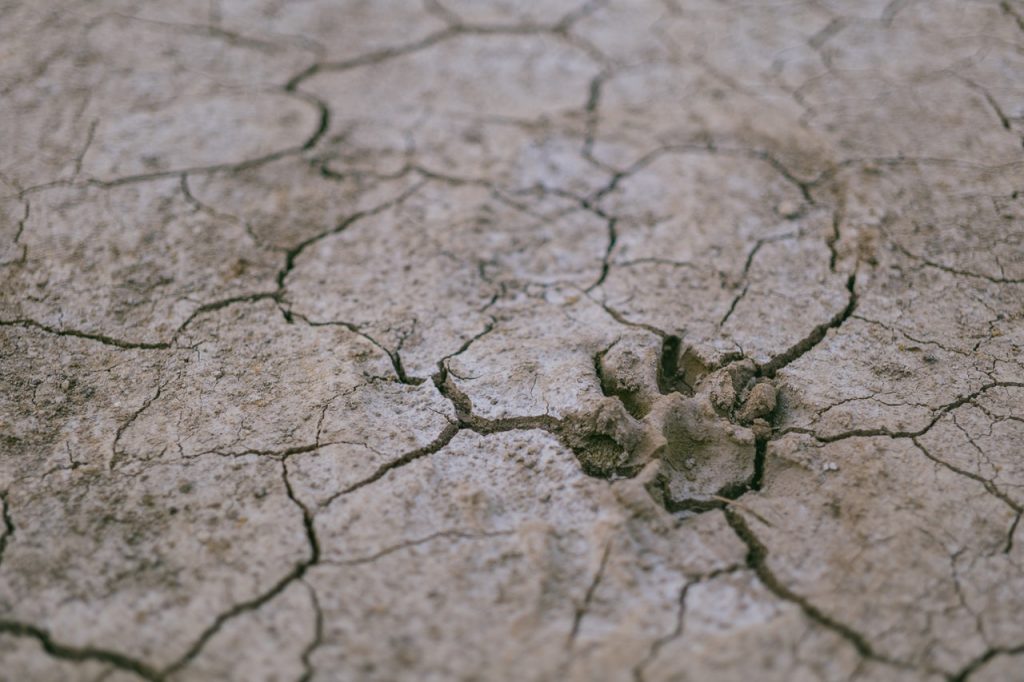
Talking about drought can be very emotional and overwhelming. It can leave you with images of wilted plants and deep cracks in the dusty roads. From significant water shortages to the localised dry spells, farmers have been enduring many droughts over the past few decades. The drought poses a massive challenge to their business, especially those who manage livestock. It’s probably hardest for the farmers that are just starting out, and lack experience. For these newbies, a drought can bring on a whole lot of stress. Is there going to be another drought, and if so, when will it happen? Will the farm hold up in drought conditions? You can never be sure.
It is true that nearly every farmer will face drought at some point throughout their career. That’s why we recommend preparing, for example by getting a water tank. And you don’t have to get a super expensive one, just find the right store. Online shops usually have the cheapest rainwater tanks. In 2012, almost two-thirds of US farmers went through a period of drought, which ended up costing the agricultural economy $30 billion. But unfortunately, there is no practical way we can stop the droughts from happening. That said, there are a few things we could be doing to help mitigate the damage that has been done after it strikes. Having a solid drought plan in place can help your operation survive, even during the most severe drought conditions. Your project should be a part of a more comprehensive plan that takes into account all the resources you have. Think about how your forage, crops, livestock and other resources held up during droughts that occurred in the past – and learn from your mistakes.
Precipitation is the most significant single determinant of drought. Climate elements and temperatures are essential. It is quite common for the higher summer temperatures to be accompanied by drought periods – again the poly rainwater tanks are a lifesaver here. Drought planning involves preparing for the average conditions, but also the most severe conditions. The producers need to know the extent of the drought condition and what expectations are coming for the next week, month and upcoming seasons. Knowing the climate of your location will be essential to a drought mitigation effort. You need a plan that will help your farm outlast the climate extremes.
Here are some ideas on land, water and crop management for you to consider when making a drought plan:
Water Management
- Store water in ditches along your fields
- Evaluate the types of irrigation systems that are suitable for your operation (choose one that will help to avoid losing water to runoffs and focus on percolation and evaporation)
- Look for ways that you can make your irrigation system easier to maintain and run more efficient
- Install water measurement devices to help keep track of the water being used
- Build a water storage system that can store water that can get used during the irrigation season
Land Management Ideas
- Use conservation tillage that will increase soil moisture and help to reduce evaporation.
- Closely monitor the soil moisture
- Use conservation practices that will help to reduce the runoff and help to infiltration the water into the soil
- Establish and maintain riparian buffers, grassed waterways filter strips and other conservation buffers that are located near streams and water sources.
- Know the animal’s forage needs – do this early so you can make sure you have enough hay throughout drought times and have an alternative food source in your plan
- Have animals that do not need large amounts of water
- Cull the herds according to schedules to ensure you are maximising your profits
Crop management ideas
- Plant crops that can hold up in dry times, which will lower the need for irrigation
- Rotate the produce in different ways that can increase the amount of water that enters the soil
- Make the shift to things like cropping systems which are less water dependant on your existing setup






